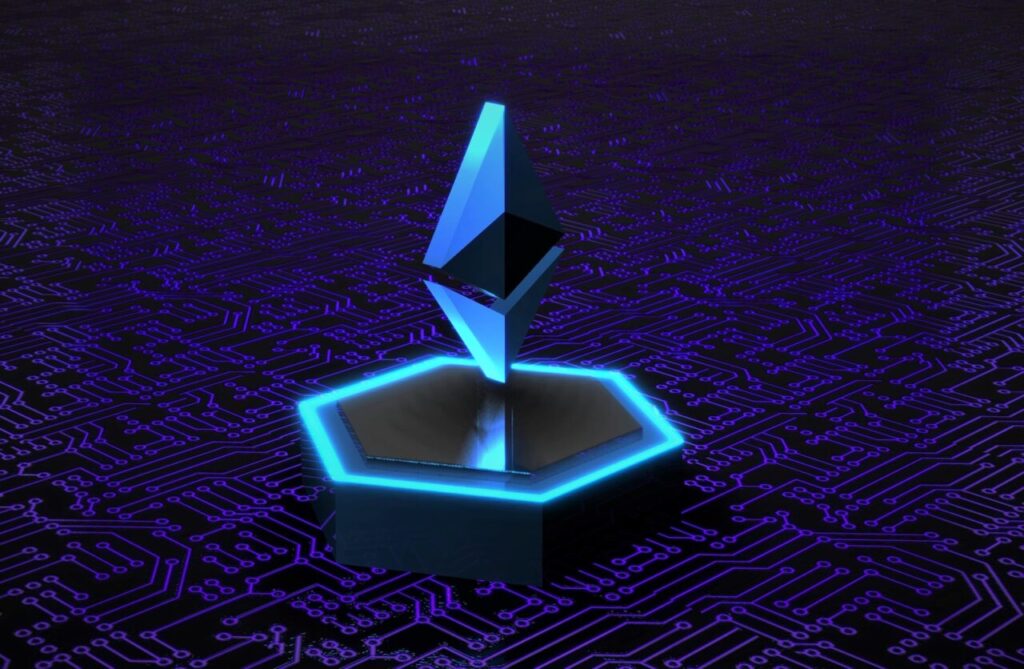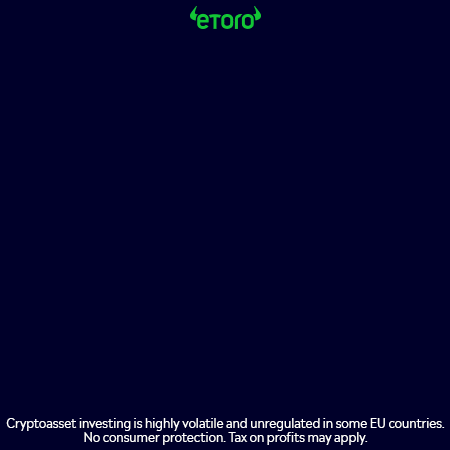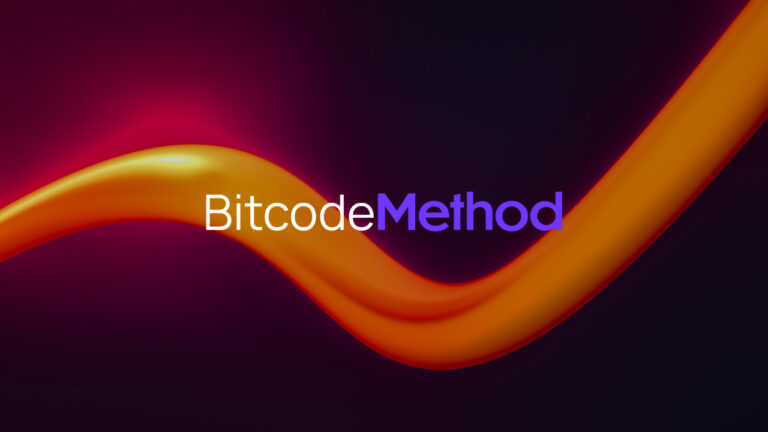The Merge will result in a significant change in the amount (ETH) of ether that is issued each year. It will decrease issuance by approximately 90% and could lead to deflation. The Merge is coming to Ethereum, which will transform the network from proof-of-work to proof of stake. This significant shift is intended to lower the network’s energy consumption while making it more eco-friendly.
Ethereum will stop using miners and their energy-hungry, powerful hardware after the proof of stake change. They will be replaced by validators who pay large amounts of ETH to build their reputation. If they do something malicious, they may lose some tokens.
There is also a highly anticipated second change: significant changes in Ethereum’s tokenomics.
As fewer tokens are issued each year, this will lead to a significant decrease in Ethereum’s inflation rate. Simply put, the network will reward validators with fewer tokens that it awards to miners.
Furthermore, due to the fact that ether (ETH), is being burned annually in transaction fees, it’s possible for the network to become deflationary. This means that the total supply of ETH actually declines each year.
Ethereum current monetary policy
The proof of work system in Ethereum pays 2 Ethereum for each block a miner creates, and 1.75 Ethereum for each uncle block. An uncle block occurs when a block is made but is narrowly defeated by another block created at the same time. It doesn’t get added to the chain, but still gets a smaller reward.
This results in an average of 13,000 ETH being issued each day to miners and given as rewards.
This is equivalent to 4.1% inflation (although technically, there has been some issuance on proof of stake chain already so it is technically slightly higher).
90% Reduction of ethereum issuance after the merge
Validators will take over miners when Ethereum moves to proof-of-stake. They will be able to produce blocks on Ethereum’s network by putting up large sums of ETH as collateral. They can also lose their collateral if they are malicious.
The network won’t have to pay for the electricity bills of miners, who are responsible for producing large amounts of blocks. It can also be more efficient in distributing rewards.
The new system will have a dynamic payment method. The new model will be lower than the current system. It will also vary depending on a number of factors including how much ETH is staked.
Based on the amount of ETH staked at the moment, the network will issue 1,600 ETH each day. This translates to an inflation rate 0.5%. The Merge will result in a 90% reduction in daily issuances of new ETH.
This issuance could rise to as high at 5,000 ETH if more ETH is staked. Even though this issuance will increase, the effective yield per validator will decrease.
We’ve kept the discussion so far fairly simple, limiting it to the issuance new ETH for mining or stake rewards. However, there’s another big factor that can impact Ethereum’s effective inflation rate: token burning.
EIP-1559 was introduced as part the London upgrade on August 2021. It is used to make transaction fees on the Ethereum network. A person who makes a transaction on Ethereum must burn a portion of their transaction fee. The rest goes to the miner or, soon, to the validator. This takes a small amount of ETH out of circulation.
Ethereum transaction fees and token burning
The impact of transaction fee burning is significant. This transaction fee burning has resulted in more than 2.6million ETH being destroyed since its introduction. This effectively cut Ethereum’s inflation rate by half.
Ethereum will move to proof of stake, and the rewards will be cut significantly. This makes it easier for the amount being burned to exceed the amount being issued. This will lead to the network becoming deflationary, meaning that the supply of Ethereum drops over time.
Transaction fees should average 16 gwei per transaction in order for the network to have equal amounts of issuance and burn following The Merge. This is a unit of measurement that is used to pay fees. Any higher at the network would be deflationary and vice versa.
Transaction fees, which were high last year for most of the year, have fallen significantly. Transaction fees have resulted in a decrease in the number of ETH being burned.
The net issuance following The Merge is therefore expected to be approximately 0.1%.










